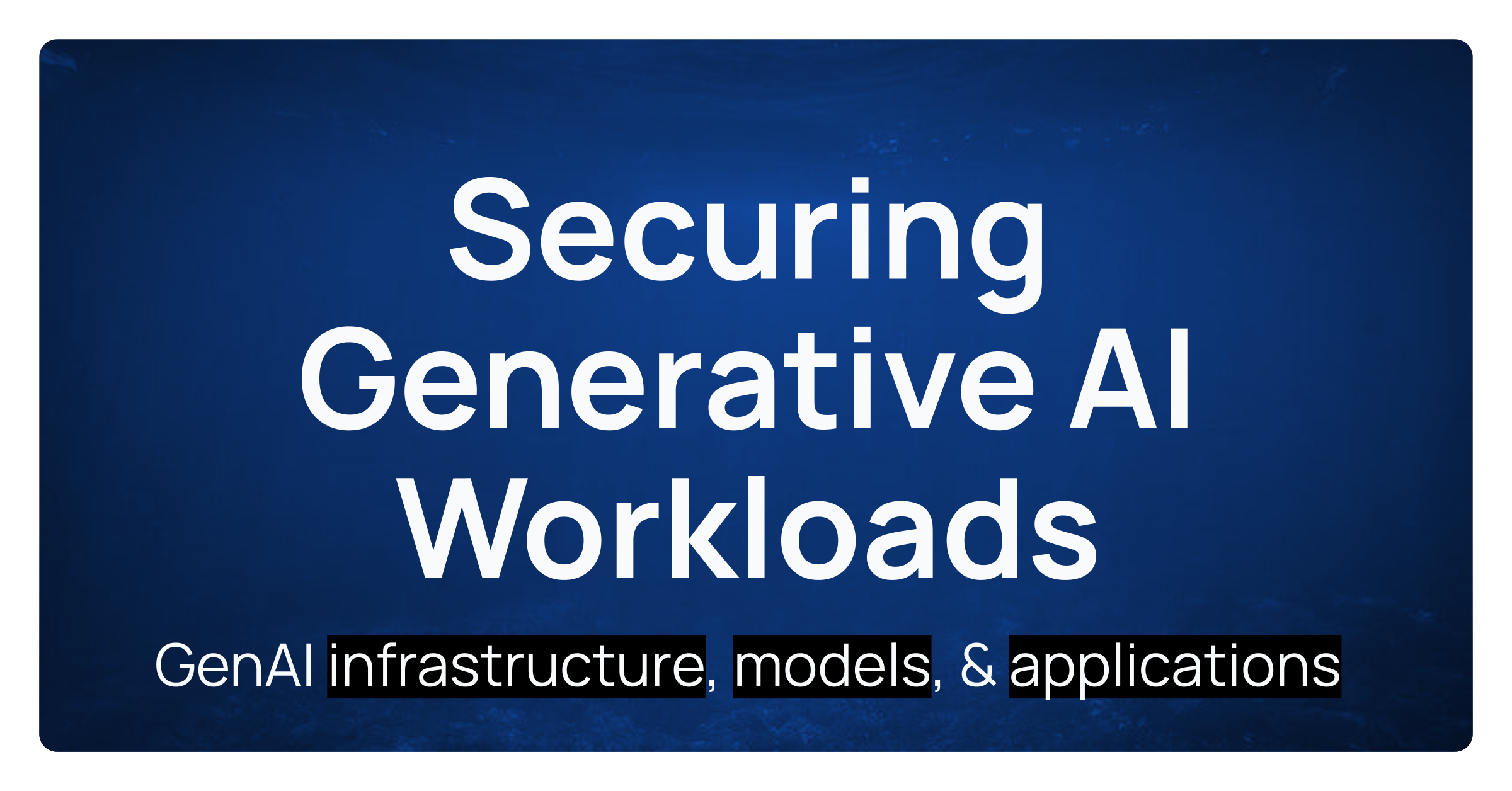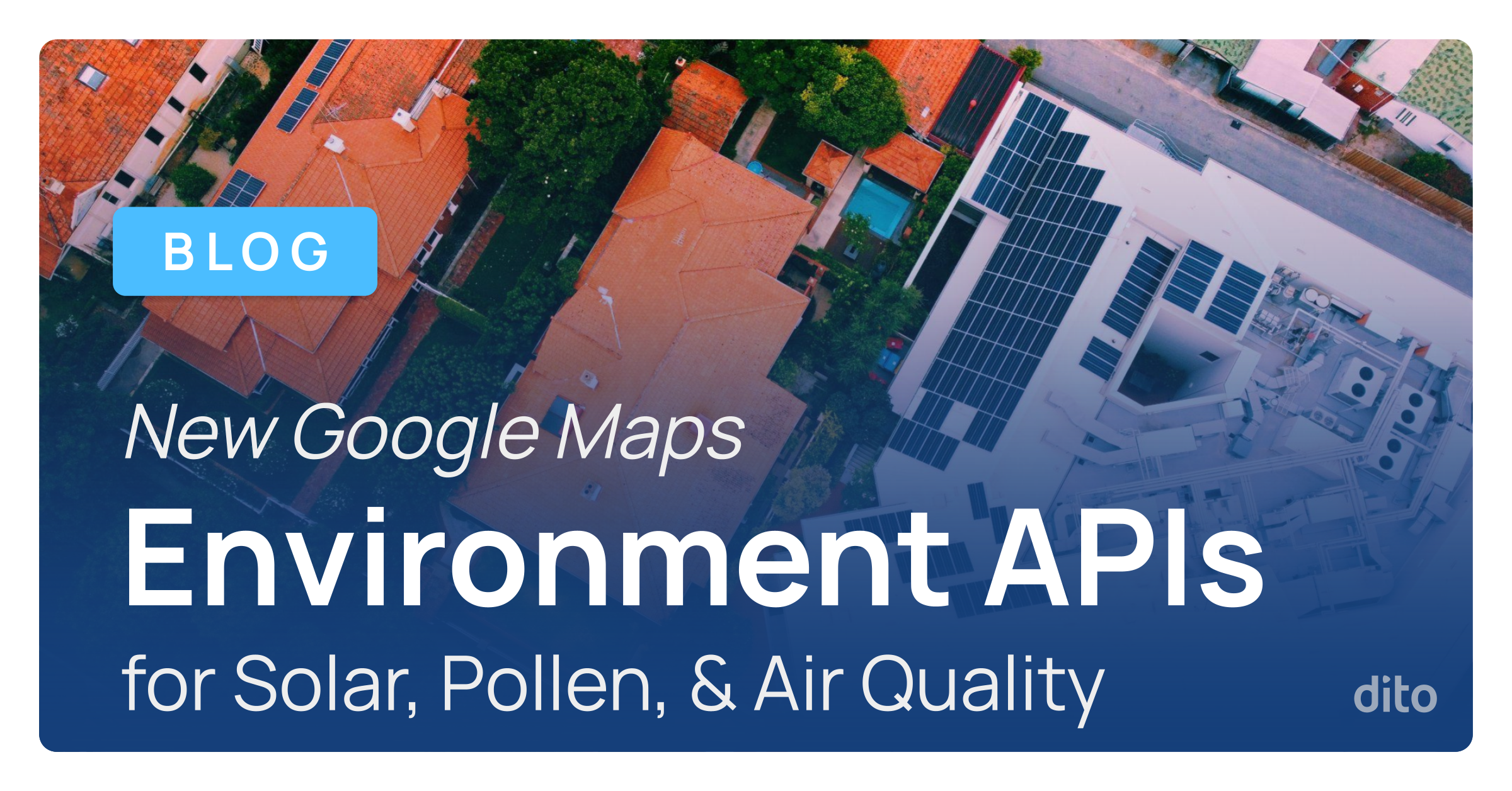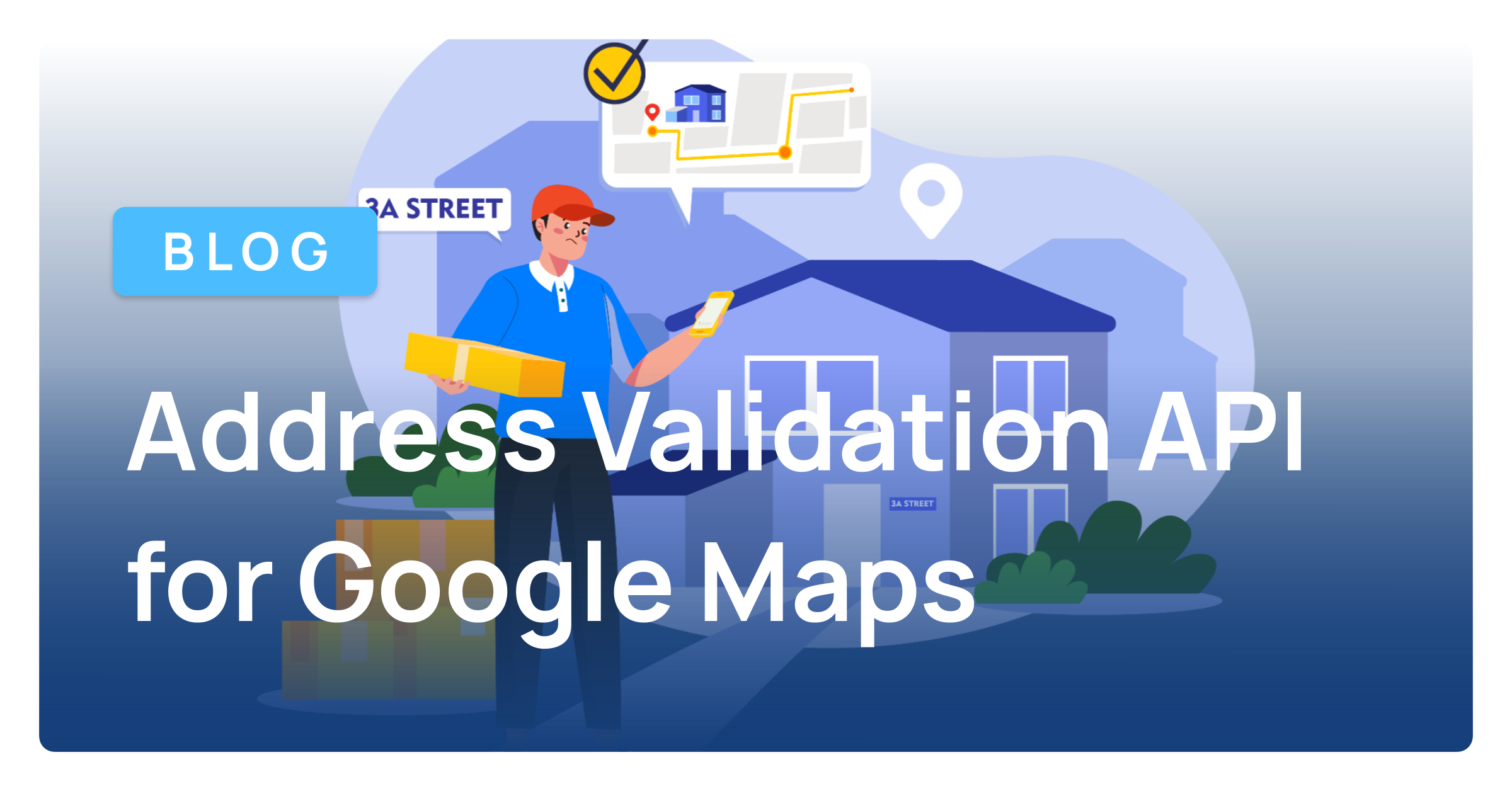Kubernetes Engine has been getting a great deal of attention lately as businesses explore containerized models in the cloud. In their simplest forms, cloud containers house packets of code separate from the operating system, making it easier to adjust and roll out code without having to align the architecture to the OS. The container takes care of that part of the work. Kubernetes brings this functionality to another level by orchestrating multiple containers to enable organizations to get fully featured apps into production quickly.
How does Kubernetes work?
According to a DZone report, Kubernetes orchestrates activities between multiple containers, allowing organizations to take the microservices offered in each and converge them into a single app. As a result, businesses can get applications into production more quickly by deploying small feature sets one by one in containers, then using Kubernetes to integrate and organize them. The open source solution accomplishes this by:
- Using an API server for easy integration between microservices.
- Leveraging worker nodes to enact tasks in a structured, coherent way based on the layout of the system.
- Employing pods to group together containers in a strategic, logical way.
These capabilities add up to transform how organizations orchestrate their cloud systems. The report likened using Kubernetes to working with a contractor. You give the system the plans for how you want the application to operate in the end and choose the raw materials in the form of the actual containers, and the system intelligently mixes and matches those resources to create the solutions you’re looking for.
Instead of having to create custom programming and roll out complex apps in one go, organizations can deploy containers for microservices as they need them. When the sprawl starts to eat into efficiency, Kubernetes can then bring those services into coherent apps. You can get basic solutions into production more quickly and roll them into larger ecosystems without excessive overhead.
Managing Kubernetes with Google Kubernetes Engine
While all of this orchestration sounds great on the surface, it does come with a caveat: Kubernetes does create a great deal of management overhead and requires specialized skills. Finding success with Kubernetes, therefore, often becomes a matter of deploying a management system that lets you oversee the platform with greater ease.
As Google has expanded its cloud ecosystem and ability to support enterprise IT operations, it has developed one of the leading solutions for managing the Kubernetes architecture. The Google Kubernetes Engine makes it much easier for organizations to get their containerized apps out to market quickly
Google has been using containers for production workloads for more than 15 years, giving the organization a unique degree of experience and insight into how the technology can be used. As such, it has emerged as a leader in Kubernetes management.
If you are considering a Kubernetes deployment, reach out to Dito for a quick consultation with one of our cloud engineers.









